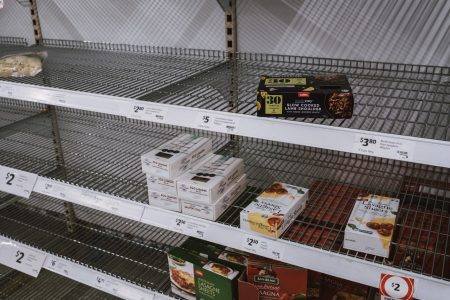In recent months, several respected (or at least large) media outlets have started calling the post-pandemic, Ukraine conflict era the Age of Scarcity. Indeed, from the perspective of supply chain managers the disruption to sources of supply will characterize supply chain re-alignments for the next several years. The current era demonstrates how quickly trade relationships can unravel.
For supply chain managers, this translates to supply disruptions driven by factors that are both difficult to predict and difficult to manage. A brief perusal of news headlines reveals a wide-ranging list of culprits: the pandemic, international relations, politics, technological disruptions, war, climate change, labor relations and raw material hoarding. There’s also the time lag for building up new infrastructure to meet the exploding demand of a global middle class.
All these factors drive an era of inflation accompanied by reduced choices for global consumers. Coming from an era when Westerners have had a huge variety of goods competing for their attention to an era of both reduced quantity and variety will be a shock as much for supply chain managers as for consumers.
Few things erode value and profits like inflation. Inflationary periods are particularly dangerous for companies because so many managers and leaders want to attack the price increases directly. They try to draw a line in the sand on cost increases with their suppliers, which is understandable on the one hand yet can drive suppliers to cut corners or reduce service levels.
